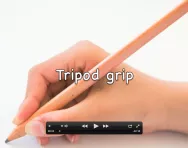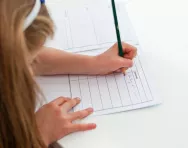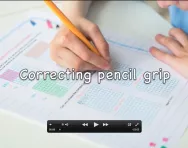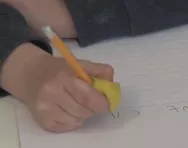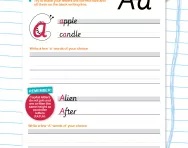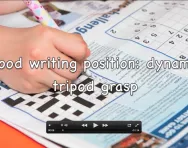Important update from TheSchoolRun
For the past 13 years, TheSchoolRun has been run by a small team of mums working from home, dedicated to providing quality educational resources to primary school parents. Unfortunately, rising supplier costs and falling revenue have made it impossible for us to continue operating, and we’ve had to make the difficult decision to close. The good news: We’ve arranged for another educational provider to take over many of our resources. These will be hosted on a new portal, where the content will be updated and expanded to support your child’s learning.
What this means for subscribers:
- Your subscription is still active, and for now, you can keep using the website as normal — just log in with your usual details to access all our articles and resources*.
- In a few months, all resources will move to the new portal. You’ll continue to have access there until your subscription ends. We’ll send you full details nearer the time.
- As a thank you for your support, we’ll also be sending you 16 primary school eBooks (worth £108.84) to download and keep.
A few changes to be aware of:
- The Learning Journey weekly email has ended, but your child’s plan will still be updated on your dashboard each Monday. Just log in to see the recommended worksheets.
- The 11+ weekly emails have now ended. We sent you all the remaining emails in the series at the end of March — please check your inbox (and spam folder) if you haven’t seen them. You can also follow the full programme here: 11+ Learning Journey.
If you have any questions, please contact us at [email protected]. Thank you for being part of our journey it’s been a privilege to support your family’s learning.
*If you need to reset your password, it will still work as usual. Please check your spam folder if the reset email doesn’t appear in your inbox.
Video: Pencil grasp development
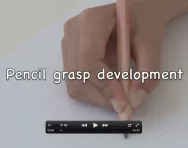
A parents' guide to pencil grip development, featuring advice from Occupational Paediatric Therapist Catherine Elsey from the National Handwriting Association.
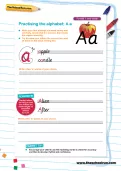
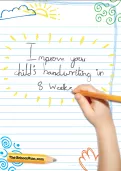
Improve handwriting in 10 minutes a day
- Step-by-step handwriting guide
- Over 200 worksheets
- From patterning to cursive
How your child's pencil grip develops
From toddlerhood onwards, children's pencil grasp changes significantly. Children typically develop control of large muscles first, and smaller ones later. This explains why young children's gross motor skills are typically more advanced than their fine motor skills - for example, a three-year-old will find it easier to hop on one leg than to do up their buttons.
Young children usually develop their pencil grasp in the following sequence:
- Palmar grasp: this is where the child's whole hand wraps around the pencil, so it's grasped in the palm of the hand. This usually develops between 12 and 18 months.
- 'Hand on top of the pencil' grasp: Here, the child begins to grip the pencil with their fingers, with their wrist turned so that their hand is on top and the palm pointing towards the paper. They start to control their movements from the elbow, rather than the shoulder, and begin to be able to copy simple shapes like lines and circles. Children usually reach this stage between two and three years of age.
- Static tripod grasp: Somewhere around three and a half to four years, children start to hold their pencil with a rudimentary three-fingered grasp, using the thumb and index finger to pinch the pencil with the middle finger behind. The ring finger and little finger stay still, which limits their hand movement, but they are able to exert more control over their pencil, writing over dotted letter patterns and drawing simple people.
- Dynamic tripod grasp: This is the ideal pencil grip for smooth, fluent and effortless handwriting, and develops around five years of age. The thumb and first two fingers hold the pencil, while the ring and little fingers curl into the palm, creating a circular grasp. The movement of the pencil is controlled by the fingers, rather than the wrist or elbow. Children are now able to practice and perfect their letter formations.
It's important not to force your child to develop a correct pencil grasp before they're ready, no matter how clunky or uncomfortable their grip may look. Developing a good pencil grasp is a natural process, and it cn be hard to unlearn an incorrect hold later on.

